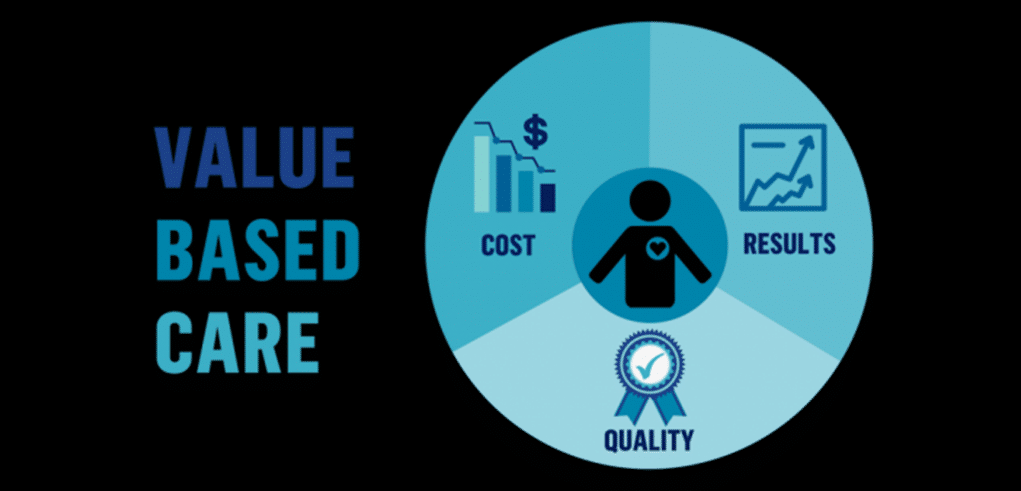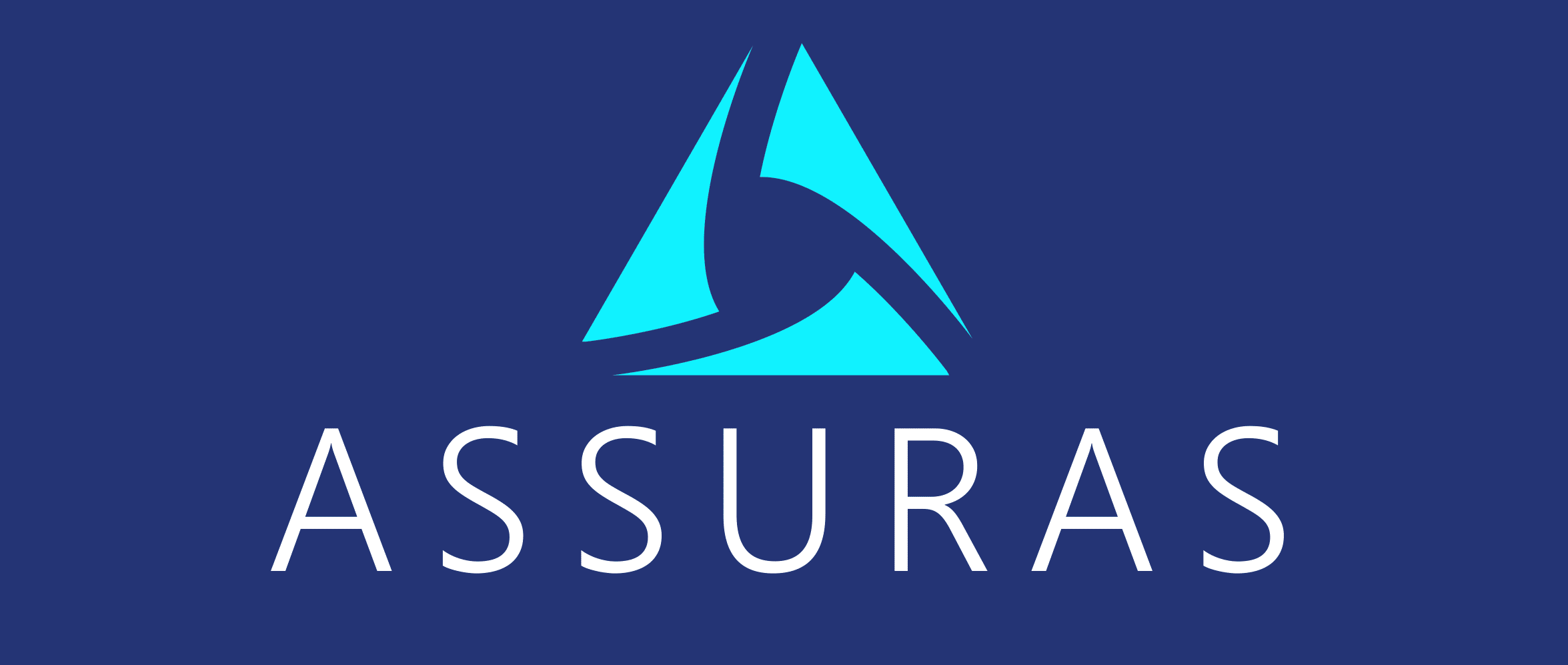Assuras
Education
With rich experience within all types of education, our team is committed to making lifelong learning available for everyone. This is because we believe that each person deserves an opportunity no matter what they come from or how they were raised.
Assuras specializes in solving the most complex problems of today’s education system by going to the root of the problem. This gives us a unique advantage when we build solutions for schools, universities, and governments alike.
Most Recent Education Statistics
➔ In the United States, education is a $1.3 trillion industry, with spending on public elementary and secondary schools totaling $646 billion in 2017
➔ The education industry employs over 7 million people in the United States
➔ The global education market is expected to reach $8.5 trillion by 2030
➔ There are over 1.2 billion students enrolled in primary and secondary education worldwide
➔ The United States has the largest number of international students, with over 1 million enrolled in colleges and universities
Our Contribution — Services
Assuras offers a wide range of services in the Education sector, including:
- Offering a comprehensive and differentiated suite of services to meet the unique needs of the education industry
- Providing end-to-end solutions for all aspects of the education sector
- Enabling clients to focus on their core business while we take care of the rest
- Enhancing operational efficiency and effectiveness while reducing costs
Current State of Industry
With the rise of the internet and the globalization of the economy, the traditional model of education is being challenged. Online learning is becoming more popular, and schools are increasingly using technology to deliver content. The role of the teacher is changing, as well, with more emphasis on facilitating learning rather than simply delivering information.
In many countries, the education system is struggling to keep up with the demands of the modern world. In the United States, for example, the education system is often criticized for being too bureaucratic and not preparing students for the real world. In other countries, such as China, the education system is under immense pressure to produce high-achieving students.
The education industry is also facing a number of other challenges, such as the increasing cost of education, the decline of traditional teaching methods, and the rise of for-profit colleges. These challenges are forcing educators to re-think the way they do business. It is an exciting time for the education industry, and the future is uncertain.
Future Prospects
The future of the education industry looks bright. The industry is expected to grow at a compound annual growth rate of 6.5% from 2018 to 2025, according to a report by MarketsandMarkets. This growth will be driven by the increasing demand for educational services, the expansion of the education industry, and the advancement of technology.
The demand for educational services is expected to increase due to the growing population and the increasing emphasis on education. The expansion of the education industry will be driven by the increasing number of educational institutions and the increasing number of students. The advancement of technology is expected to improve the quality of education and make it more accessible.

5 Continuous Improvement Methodologies: A Strategic Path to Organizational Success
Continuous improvement is a crucial strategy for achieving sustained success, focusing on ongoing efforts to enhance processes, products, or services. These methodologies help organizations streamline

How Performance Appraisal Objectives Drive Employee Development?
Organizations are constantly seeking ways to stay competitive and innovative. One of the most powerful tools at their disposal is the performance appraisal process, particularly

Lean Healthcare: Transforming Patient Care Through Continuous Improvement
The adoption of Lean principles in healthcare settings has become increasingly important due to several factors, including rising healthcare costs, patient safety concerns, inefficiencies in

How Succession Planning Drives Organizational Growth: Key Benefits
Effective leadership is the cornerstone of business success, guiding organizations through challenges, inspiring teams, and driving strategic vision. However, even the most accomplished leaders eventually

Private Equity Deal Structure: A Comprehensive Guide for Investors & Business Owners
Private equity refers to investment funds that acquire ownership stakes in private companies, with the aim of generating returns through active management and eventually selling

Claim Denial Management in the Era of Value-Based Care: Strategies for Adaptation
A claim denial occurs when a payer refuses to reimburse a healthcare provider for services rendered, citing various reasons such as coding errors, lack of

Synergy Assessment: The Key to Maximizing M&A Value
Mergers and acquisitions (M&A) are strategic business transactions involving the combination or transfer of ownership of two or more companies. These transactions are often pursued

How to Keep Track of Employee Performance (Definitive Guide)
Employee performance tracking is a crucial aspect of modern business management. According to recent statistics, 58% of companies still use basic spreadsheets to monitor employee

Conducting a Business Impact Analysis: A Step-by-Step Guide
According to a recent study, 40% of businesses that experience a disaster never reopen, and of those that do, 25% close within two years. This

Smart Supply Chains: How IoT, Big Data, and Other Innovations Are Boosting Visibility and Performance
Supply chains are the lifeline of businesses – without them, products wouldn’t make it from factories to store shelves into the hands of eager customers.

Performance Efficiency vs. Operational Excellence: What Drives Business Success?
Efficiency versus excellence. These two business philosophies have long been seen as divergent paths – companies tend to focus on one or the other in

Strategic Talent Management: A Competitive Advantage for the Future
Talent management has become a strategic priority for companies seeking to gain competitive advantage and position themselves for long-term success. With the skills gap, demographic
Telecommunications: The Battle for 5G and the Impact on Consumers and Businesses
In 2031, the global telecommunications services market will reach $2556.2 billion, according to Telecommunication Services Market Research. Telecommunications has been a crucial component of our
How Important are Analytics in Making Decisions within a Company?
According to Businesswire, the Big Data Analytics market is expected to reach $ 105.08 billion by 2027 at a CAGR of 12.3%. Analytics, the systematic
How Global Management Consulting Firms Impact the Way Businesses Operate?
Global management consulting firms are some of the most powerful and influential players in the business world today. They employ thousands of consultants who work

Role of Talent Management Consultancy in Modern Businesses
Talent management consultancy has emerged as a pivotal force, reshaping how organizations attract, develop, and retain top talent. This transformation is underscored by a recent

How to Measure Employee Engagement Metrics (5 Methods)
Employee engagement is a vital indicator of a healthy workplace. It’s not just about job satisfaction; it’s about how invested employees are in the company’s

Employee Engagement Action Plan: A Strategic Approach to Increasing Productivity and Retention
Employee engagement has become a top priority for many organizations. Studies show that companies with high levels of engagement outperform their competitors in key areas

Assessing Organizational Culture: A Blueprint for Driving Growth
Organizational culture encompasses the collective behaviors, assumptions, values and norms that influence how work gets done. It shapes everything from communication and collaboration to the

Organizational Culture: A Deep Dive into its Layers and Impacts
Organizational culture, often referred to as the “DNA” of a company, dictates how employees interact, make decisions, and approach their work. In modern corporations, where
